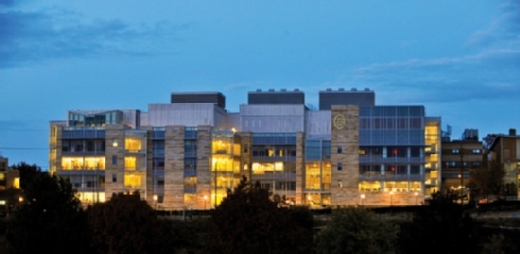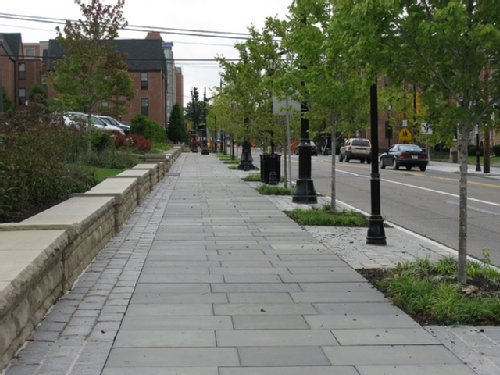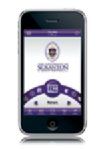Rei Solicitudo: Stewardship of our Campus Resources

Living and Learning Spaces
Our commitment to improve the living and learning spaces on our campus has prompted a series of substantive investments in our buildings and grounds. This fall, the University opened the new Pilarz Hall, and Montrone Hall, two brand new upperclass residence halls that add 400 beds to the University's housing options, and hosts new campus fitness and dining facilities. Located on Mulberry Street, a key artery to and through our campus, these facilities will expand the University's ability to provide on campus housing for upperclassmen, helping us to reach our goal of increasing the number of students in our residence halls. Surrounding these facilities, additional work has been completed to replace aging sidewalks, introduce new lighting, and add crosswalks to enable visitors and members of the University community alike a safer way to navigate this busy thoroughfare. So far, the University has committed $3.8 million to this ambitious Mulberry Street beautification project.
The University also completed several renovation and expansion projects on both the Commons and Royal Way, closing some vehicle access avenues, to enhance pedestrian access and safety, and connect this central part of our campus more directly to other areas, including the new Loyola Science Center. A major renovation to the Harper McGinnis Communication wing has created new and improved learning spaces, as well as a direct connection between the new Science Center and the campus Commons. View a map of our changing campus.

Technology, Sustainability, and Business Continuity
The University continues to invest in improving and building its technology infrastructure. Following on the 2010 launch of a new mobile "app" and mobile web site to serve the needs of our students and to help others connect to and share in the Scranton story, the University's Planning & Information Resources Division led a complete update to the University's wireless network, investing over $750,000 in this project. Other key information technology investments included over $50,000 to equip classrooms in the new Loyola Science Center with lecture capture technologies, and $230,000 to launch the upgrade the campus RoyalCard system, making it more efficient to manage and adding new capabilities for the future. Additional investments were made in 2011-12 to expand data storage capacity, increase network bandwidth, add mobile application capabilities, and update information security and desktop management tools.

The Planning & Information Resources Division continues to lead the University's business continuity and disaster recovery planning efforts. In 2011-12, business continuity plans for nine functional areas of the University were developed, as was a consolidated plan for overall disaster and emergency response. This past year, the University's Emergency Evacuation Plan was updated, along with a number of important policies and procedures in the Department of Public Safety and University Police. Within the Student Affairs division, twelve policies were reviewed and updated, key among them the Student Code of Conduct.
Sustainability practices have become a regular part of doing business for the University. As we invest in our infrastructure and campus footprint, we do so with sustainable practices and philosophies in mind. The Office of Residence Life created a new Sustainability Task Force in 2012 for resident students and student staff members throughout the University's dormitories. Saving a considerable amount of paper (and expense), the University transferred its print directory publication to an online format this past year. This fall, the University's Board of Trustees' meeting materials will be distributed solely online, moving away from a historically paper-based process. This past January, the University entered into an agreement with the County of Lackawanna Transit System to provide free rides on COLTS buses for University students, staff, and faculty, bringing more members of our community into the downtown Scranton and surrounding areas (and hopefully saving some gas).
Strategic Indicators
- A stable "A" rating from Standard and Poor's.
- 91 new businesses developed locally with support of the University's SBDC, helping to create 172 new jobs in 2011.
- The SBDC helped secure over $4.6 million in funding for small business clients in 2010.
- In 2011-12, $150,000 was invested in mediated classroom technologies, an increase of 50% from the previous year.
- Over $465,000 invested in facilities improvements, and over $41 million invested in capital improvements over the past year.
- Overall campus recycling tonnage increased in 2011-12: recycling of paper by 13%, plastic by 6%, newspaper by 25%, and cardboard by 32%.






